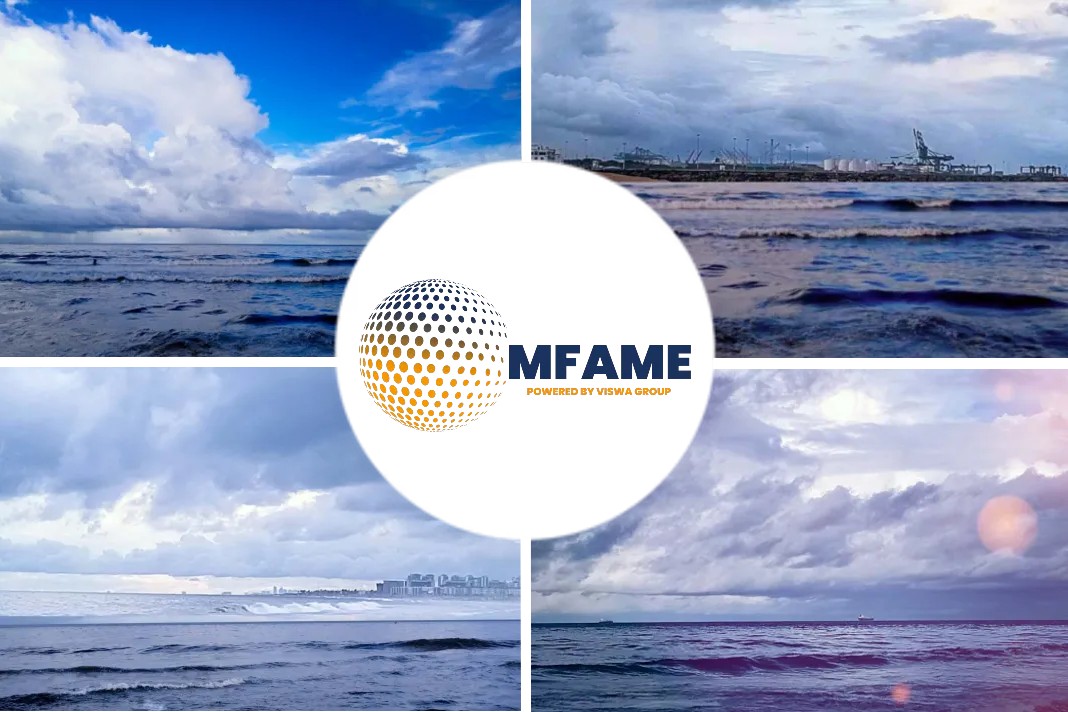One of the biggest semi-submersible ships in the world, Royal Boskalis Westminster NV’s Blue Marlin was attacked by pirates just over a week ago, based on an article published by IOL.
What happened?
Blue Marlin is a 76 081-dwt heavy-lift vessel capable of lifting extreme loads. The ship’s entire deck area submerges allowing the heavy-lift cargo, which could be an entire floating oil rig or even a ship, to be floated on or off.
Blue Marlin, which has called in South Africa on several occasions, was attacked by heavily-armed West African pirates on Sunday, May 5, while sailing about 80 nautical miles offshore of the coast of Equatorial Guinea.
Piracy a major concern
Piracy anywhere in the wider Gulf of Guinea region remains a major concern. It is in these waters that the highest number of pirate attacks on ships and abductions of the crew takes place.
On the Blue Marlin that Sunday afternoon, having unloaded its special cargo at the port of Luba in Equatorial Guinea, the dreaded attack came. A group of pirates approached in an inflatable RIB and succeeded in boarding the ship, made easy by low freeboard.
Alarm sounded
When the duty watch noticed the armed men coming on board, the alarm was sounded to alert all crew while also transmitting a message to the ship’s owners and authorities ashore that the vessel was under attack.
Blue Marlin’s crew of 20 immediately assembled in what is called the ship’s citadel, an area that can be secured from outside entry – often the engine room. There they remained for the duration of the drama.
Pirates board ship
The pirates were able to access the bridge and accommodation areas of the vessel which, of course, they found abandoned. The importance of the crew finding shelter in a citadel is emphasized by the pirates’ main purpose is to take some of the crew as hostages for ransom.
Crew abducted
Ransoming abducted crew has become the general modus operandi of pirates off West Africa, who are aware that ship owners or insurers will usually pay a ransom for the release of their crew.
On that Sunday the pirates were forced to satisfy themselves by ransacking the crew quarters and bridge area of the ship where they used their weapons to cause considerable damage to the navigation instruments and other equipment. They also found a hole in the bulkhead facing into the citadel, through which they fired indiscriminately in an effort to force the crew to surrender.
Crew members uninjured
No one was hurt, and the pirates gave this up and soon after abandoned the ship. The crew, meanwhile, unaware of what the pirates were up to, remained secure in their sanctuary.
Ashore in Equatorial Guinea, authorities had immediately responded with two helicopters sent to look for the ship. Among these authorities is the Nato mission Maritime Domain Awareness for Trade – Gulf of Guinea (MDAT-GoG), as well as the Equatorial Guinea Navy. Two naval ships, both attached to the MDAT-GoG mission, sailed to the assistance of the hijacked ship.
Patrol vessel on survey
One was the Spanish Navy patrol vessel ESPS Serviola P71, the other a patrol vessel from Equatorial Guinea.
On arrival on the scene, the Blue Marlin was found to be abandoned by the pirates and after going on board and searching the vessel, the security forces released the crew from the citadel, where all were found to be safe and unharmed.
Vessel damaged by pirates
The damage to the ship, however, was considerable and sufficiently severe to prevent her from being sailed further. While the engineering crew on board began what repairs they could, the owners made arrangements for an ocean-going tug to go on scene and tow the heavy-lift to a position where full repairs could be carried out.
On Monday afternoon, May 6, the ESPS Serviola left the scene, followed later that evening by the vessel from the Equatorial Guinea Navy, which left five armed guards on board the Blue Marlin to help secure the vessel from any further incident.
Blue Marlin towed to an anchorage
On arrival of the tug, the stricken Blue Marlin was towed to an anchorage some 40 nautical miles offshore of the port of Luba.
Boskalis chief executive Peter Berdowski complimented the Blue Marlin crew for the professional and adequate actions they took in what he said was a life-threatening situation.
“I am extremely grateful and in particular thankful to the navy of Equatorial Guinea for their quick and decisive response, as well as to the Spanish navy for their assistance via MDAT-GoG. Because of their actions, this hijacking could be ended quickly and our colleagues were brought to safety.”
Did you subscribe to our daily newsletter?
It’s Free! Click here to Subscribe!
Source: IOL






















